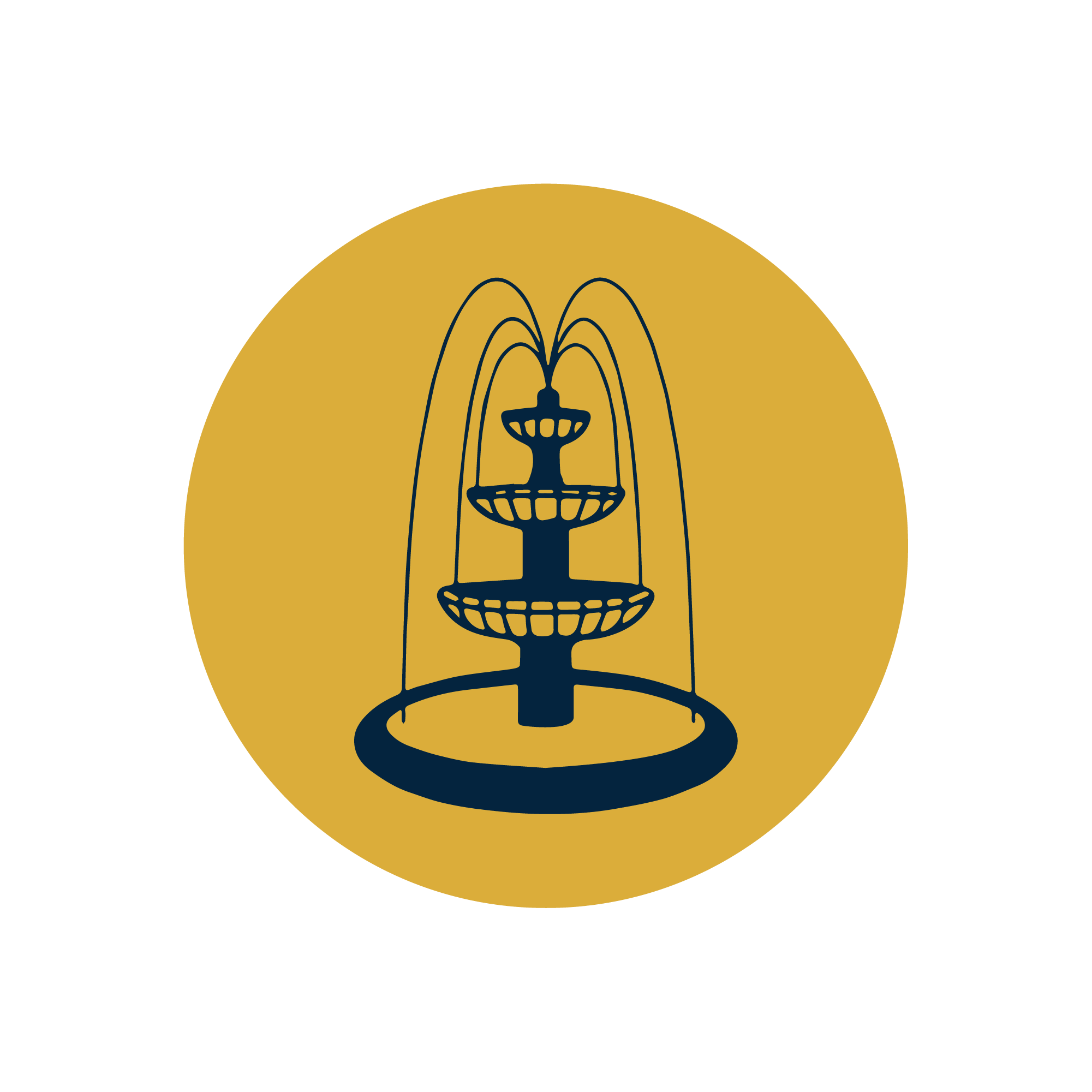STAGE 1:
BUYERS ARE CALLED TO CHANGE
Buyers are people doing jobs. As they are going through their ordinary routine something happens that calls them to change the way they are acting today. It pushes them in the market to solve a problem by buying a solution. The Buyer’s Journey begins with four Buyer Actions and subsequent Buyer Questions.
- Experience Trigger Events: Buyers experience disruptions that present a problem to the way they work.
- Identify a Problem: Buyers assess what problems the disruption caused for the business.
- Seek Direction: Buyers research what it will take to solve the problem.
- Decide whether to Act: Buyers determine whether they are willing to change to solve the problem.
Key Buyer Questions
- Why did this occur?
- How big is the problem?
- What happens if I don’t solve it?
- Is this a priority?
Applying
The Buyer's Way
STAGE 2:
BUYERS OBJECT TO CHANGE
Most of our Buyers ignore or refuse the Call to Change. The refusal stems from fears and doubts Buyers experience. Buyers’ fears are manifested through objections they raise. There are 4 Objections that all Buyers express some variation of before taking off on the way.
- “I don’t have time”: The most precious resource someone has is their time. Buyers defend their time and offer it sparingly.
- “I don’t need it”: Buyers tell themselves they can live with their problems or can fix it themselves.
- “It won’t work”: Buyers are skeptical that solutions will work. They fear looking bad and being rejected by those around them.
- “I don’t know”: Buyers rarely have all the information required to make a decision, so the unknown is prevalent along the journey.
Key Buyer Questions
- How am I exposed?
- Do we need it now?
- What will others think?
Applying
The Buyer's Way
STAGE 3:
BUYERS LEARN
To buy a solution that will solve their problem, Buyers will need help scoping the problem, vetting solutions, and convincing Companions to act. Buyers consider the same four factors early in a decision-making process.
- The Problem: Buyers begin to dig deeper into the problem to identify the scope of the problems and the needs created.
- The Needs of Others: Buyers begin to consider the needs and requirements of their Companions.
- The Motivation: Buyers begin to envision what solving the problem will mean for them, and the rewards they seek.
- Trust: Buyers begin to build trust with partners that can help solve the problem.
Key Buyer Questions
- What do I need?
- What do others require?
- Why should I care?
- Can I trust what this vendor is telling me?
Applying
The Buyer's Way
STAGE 4:
BUYERS ENGAGE COMPANIONS
Our Buyers buy in groups. There are usually 3-10 stakeholders involved in a decision, including finance, legal, procurement and other departments. Across the buying groups, there are Nine Companion Archetypes that are involved in making the decision. One person can represent multiple Companions.
Applying
The Buyer's Way
STAGE 5:
BUYERS BUILD SOLUTIONS
Our Buyers evaluate various solutions to the problem they have determined they have. They want to see demos, ask questions about technical requirements and get devices to test manually for connectivity and testing purposes.
- Build Support: Our Buyers have to gain support internally to join demos and begin the buyer process.
- Build Solutions: Our Buyers build and test a number of options to solve their problem, with bids and proposals coming from distributors, manufacturers and service providers.
- Build Trust: Our Buyers want us to be sure that they trust us, and other partners. They are looking for assurances that we are doing what’s best for them.
Key Buyer Questions
- Will the team buy in?
- What does the solution need to have?
- How will we know if we’ve been successful?
- Have we exhausted our options?
Applying
The Buyer's Way
STAGE 6:
BUYERS WEIGH OPTIONS
Our Buyers have lots of options when they look to buy a solution to their problem. Each has its pros and cons, but only one is the Right Solution. There are four typical temptations that Buyers have instead of buying from us.
- The Little Guys: Buyers will evaluate small, niche competitors that offer the world, which they can’t deliver
- The Big Guys: Buyers consider established vendors to save the embarrassment of choosing an unproven solution
- Do it Yourself: Buyers will consider doing it themselves, so not to look weak with their colleagues and leadership
- Do Nothing: Buyers will consider not taking action, to avoid the risks involved in problem solving
Key Buyer Questions
- Can they keep their promises?
- Will they treat me well?
- Do I need to act?
Applying
The Buyer's Way
STAGE 7:
BUYERS BECOME LEADERS
Our Buyers have to be seen as leaders in order to have the political capital and respect to be followed into the implementation. Our top Buyers are leaders in their organizations. There are four ways to tell whether our Buyers will be followed.
- Motivation: The Companions express that they are motivated to solve the problem.
- Persuasion: Our Buyer is actively persuading Companions to agree to buy.
- Recognition: Our Buyers should be recognized by the Companions as the person best suited to lead implementation.
- Commitment: Buyers have to get buy in from all of the Companions.
Key Buyer Questions
- Do they trust me?
- What’s in it for each Companion?
- Is this likely to work?
- Will they follow me?
Applying
The Buyer's Way
STAGE 8:
BUYERS BUY
Our Buyers have to go through final hoops to get the contract signed. They must work internally to gain agreement from the Companions, ultimately getting approval and signature from the Authority. There are four actions our Buyers take to get the deal done.
- Establish compelling events: Our Buyers know that the solution will only get purchased if there’s a date they need it by.
- Consensus: Buyers go around to the Companions and get their individual yeses, and then establishing consensus across the team.
- Agreement: Buyers do whatever it takes to convince the Authority to sign. This includes managing complications, seeking atonement from the authority, and coming with proof to justify the decision.
Key Buyer Questions
- Will the solution matter?
- What are others saying?
- What happens if we don’t act?
Applying
The Buyer's Way
STAGE 9:
BUYERS SOLVE PROBLEMS
Our Buyers have to go through final hoops to get the contract signed. They must work internally to gain agreement from the Companions, ultimately getting approval and signature from the Authority. There are four actions our Buyers take to get the deal done.
- Develop the Implementation Team: After a purchase, the people around Buyers change as their needs shift from guidance and advice, to getting work done.
- Training: Buyers go through user training to gain a basic understanding of the solution and how to use it to solve the problem.
- Mastery: Buyers gain mastery over solutions over time through coaching that leads them from user to expert.
- Success: Buyers consider themselves in implementation until the problem is solved and success has been acknowledged by the Authority.
Key Buyer Questions
- Will the promises be kept?
- What if we fail or stumble early?
- How do we know when we’ve been successful?
Applying
The Buyer's Way
STAGE 10:
BUYERS BUY MORE
Our Buyers want to be recognized when the solutions they implement work, and the problem is solved. After proving their success, there are three actions our Buyers take.
- Awards Ceremony: This takes various forms, but is there success is recognized by the Authority and potentially other Companions.
- Promotions: Buyers that prove they can solve problems get promoted and move up in the organization.
- Call to Greater Adventure: Buyers will seek to find additional problems to solve, as they continue to move up and long in their career.
Key Buyer Questions
- How do we prove the solution has worked?
- How do I get credit for our success?
- What other problems can I solve?
- How can I gain influence in the organization?
Applying
The Buyer's Way
STAGE 11:
BUYERS RENEW
Sometime after implementation of our solution, Buyers will have another buying decision to make – typically at the end of a product’s life or the end of a contract. There are three stages Buyers go through during the Renewal process.
- Requests for Proposal: To do their due diligence, Buyers will often (though not always) put the solution out to bid.
- Incumbent Review: Over the course of implementation there will be successes and failures. Buyers need to bury those failures and remind the Companions of the successes.
- Agreement: The Companions will ultimately decide whether the solution has been effective and should be renewed.
Key Buyer Questions
- What went well and what didn’t?
- Could this be done a different way?
- What would be the amount of disruption switching?
Applying
The Buyer's Way
STAGE 12:
BUYERS LEAVE A LEGACY
Buyers want to leave a legacy that will last long after they’re gone. They want to feel as though the solutions they implemented had meaning at the end. The Buyer’s Way has two stages on the Road Home.
- Continuous Improvement: Problems, temptations, and changes will continue to challenge the status of Buyers throughout their career. Buyers look to remain innovative after solutions are implemented and renewed.
- Meaning: Buyers are looking for their work to transcend business outcomes, and to have some more meaningful purpose.
Key Buyer Questions
- Was it worth it?
- What does the future hold?
- How do I feel about the past?












